
Employee development plans aren't just fancy corporate talk; they're key to building a workplace where growth and innovation thrive. You might find it interesting that companies with strong employee development programs see 34% higher retention rates. That's quite telling, right? In a competitive job market, a good development plan isn't just a checklist—it's a strategic tool that aligns personal goals with company objectives. But what makes these plans really work? In this article, we'll look at the key parts that turn a basic plan into a successful roadmap. We'll talk about starting assessments to find strengths and areas for improvement, personalized strategies for individual needs, and actionable steps to ensure progress. Plus, we'll see how timelines and feedback loops play a crucial role in keeping these plans on track with both employee and company goals. So, whether you're in HR, managing a team, or an employee ready to grow, this guide will give you the insights to create a development plan that not only meets but exceeds expectations. Let's dive in!
Summary: This article describes the key components of employee development plans, including foundational assessment, personalization, actionable steps, and strategic alignment. It also covers monitoring progress, feedback adaptation, and diverse learning opportunities to enhance employee growth.
Understanding Effective Employee Development Plans
Definition and Importance of Employee Development Plans
An employee development plan is a simple guide that outlines what an employee aims to learn, the methods they will use, and the support provided by their employer. These plans are tailored to each individual's job, aspirations, and areas for improvement. They facilitate employee growth by fostering new skills and experiences that align with the company's needs.
Key benefits of these plans include:
- Providing employees with clear goals and resources to achieve them.
- Offering a mechanism to track progress, which promotes continuous learning and career advancement.
- Aligning personal growth with company objectives.
- Identifying skill gaps and preparing employees for future roles, including leadership positions.
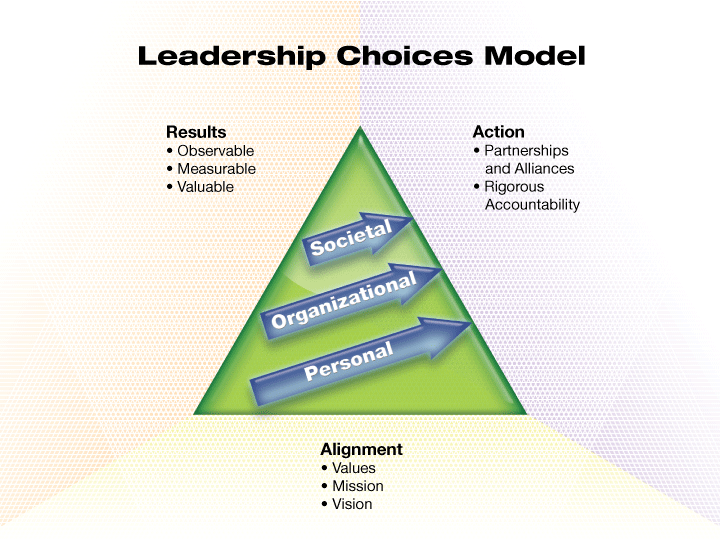
For instance, if a retail worker aims to complete product training and improve customer satisfaction by 10% within three months, it illustrates how a development plan sets clear goals that benefit both the employee and the company.
Key Components of an Effective Employee Development Plan
Setting Clear Objectives in Development Plans
Effective development plans begin with SMART goals—Specific, Measurable, Achievable, Relevant, and Time-bound. These goals should align with both the employee's aspirations and the company's requirements, ensuring mutual benefit.
Conducting Skills Assessment for Employee Growth
Conducting skill gap assessments and obtaining feedback are crucial steps. This process helps customize learning activities to meet individual needs, thereby enhancing growth effectiveness.
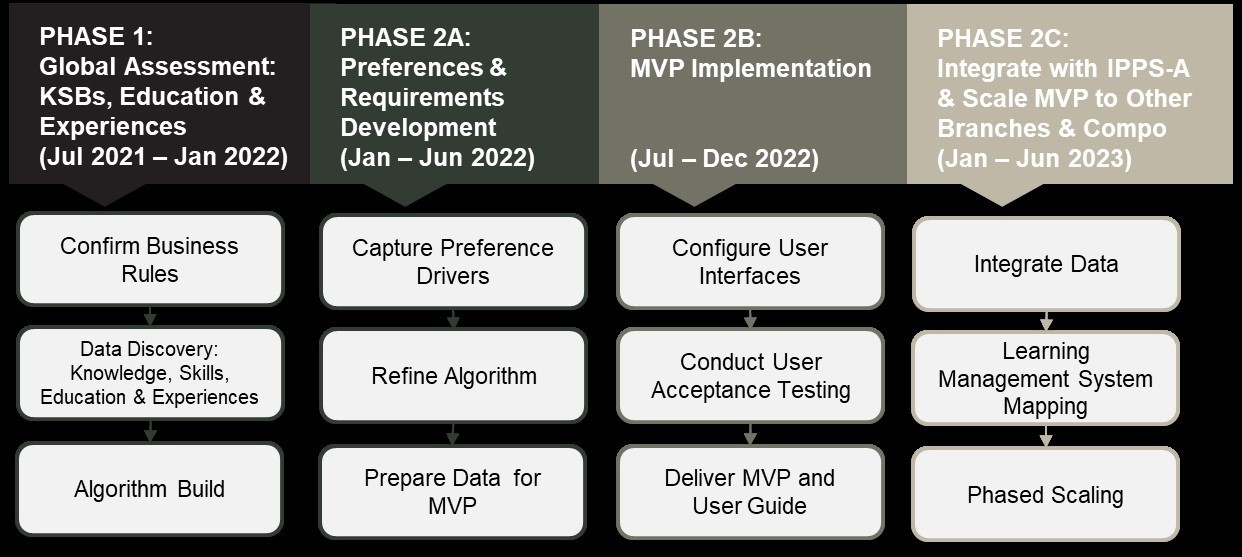
Providing Training and Resources for Development
Incorporating activities such as training programs, online courses, mentoring, workshops, or hands-on projects is vital. Ensuring access to necessary resources, including funding and time, is essential for success.
Importance of Regular Review and Feedback
Frequent check-ins and updates keep the development plan relevant and aligned with evolving roles and objectives. This involves scheduling periodic meetings between employees and managers, utilizing clear milestones and deadlines to monitor progress and make adjustments as needed.
Foundational Assessment for Employee Development Plans
Analyzing Current Skills and Identifying Needs
Conducting a thorough employee skills assessment is crucial for developing a robust employee development plan. Here's how to get started:
-
Define Skills with Clear Criteria: Establish observable and measurable criteria to ensure fairness and consistency.
-
Use a Competency-based Assessment Framework:
- Purpose and Scope: Begin by identifying the focus, such as employee development.
- Develop a Framework: Include observable behaviors and align competencies to roles with specific proficiency levels.
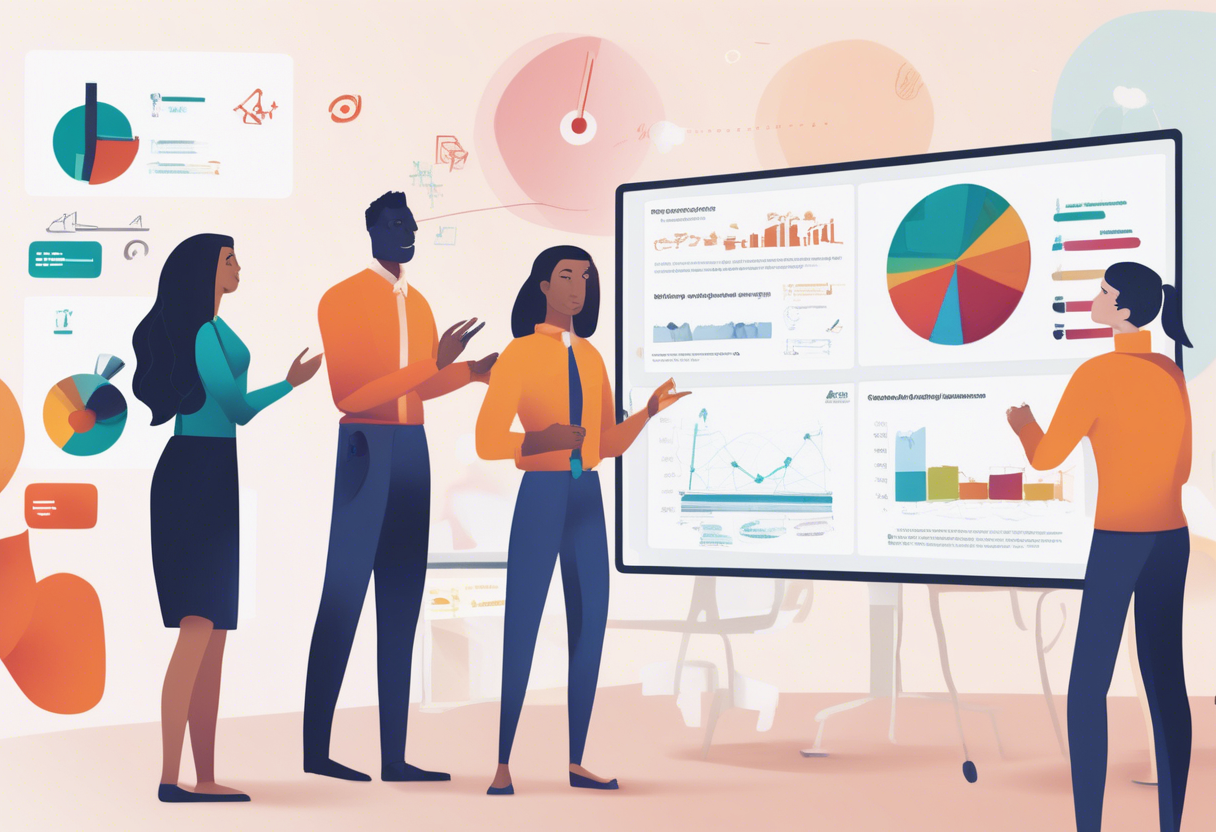
-
Foundational Workplace Skills Assessments: These identify core competencies like basic skills, higher-order thinking, and essential work skills. They are vital for entry-level employees and align with employer expectations.
-
Training Needs Assessments: Evaluate the gap between current performance and expectations to identify areas for improvement. Foundational skills, common across industries, form the backbone of productivity and growth.
Setting Clear and Measurable Goals in Employee Development Plans
With a solid understanding of current skills and needs, the next step is to establish clear, measurable goals:
-
Define Purpose and Scope: Clearly outline the objectives of your competency-based assessments.
-
Set Measurable Goals:
- Establish proficiency levels (e.g., beginner, intermediate, expert) with specific, role-relevant behaviors for each level.
- Ensure objectivity and fairness with clear criteria for skill assessment.
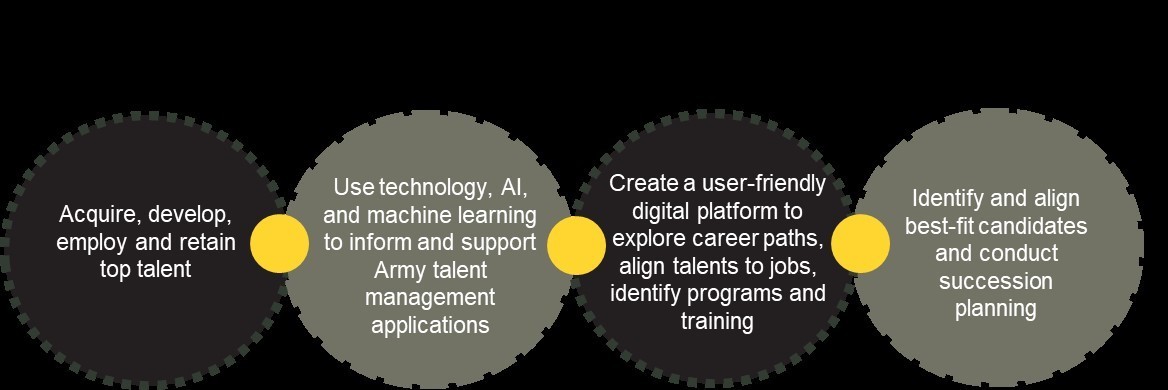
-
Turn Performance Gaps into Development Goals: Use training needs assessments to create actionable goals tailored to each employee.
-
Regular Check-ins and Adjustments: Continuously review and adjust goals to maintain relevance and support employee growth.
Personalizing Employee Development Plans
Customizing Employee Development Plans
To tailor employee development plans, begin by identifying each individual's strengths, skill gaps, and career goals. Utilize self-reflection exercises to assist in this process. The objective is to design growth paths that align with both personal aspirations and company objectives.
Key steps to consider:
- Set clear and actionable goals that resonate with both current job roles and long-term career ambitions.
- Implement frameworks like experience, exposure, and education to establish structured growth plans with measurable milestones.
- Personalize plans to include:
- Desired skills for the employee and necessary skills for the company.
- A schedule of expert-led courses.
- Methods for evaluating progress.
By proactively building skills, these plans enhance leadership, self-management, and critical thinking, thereby supporting organizational growth.
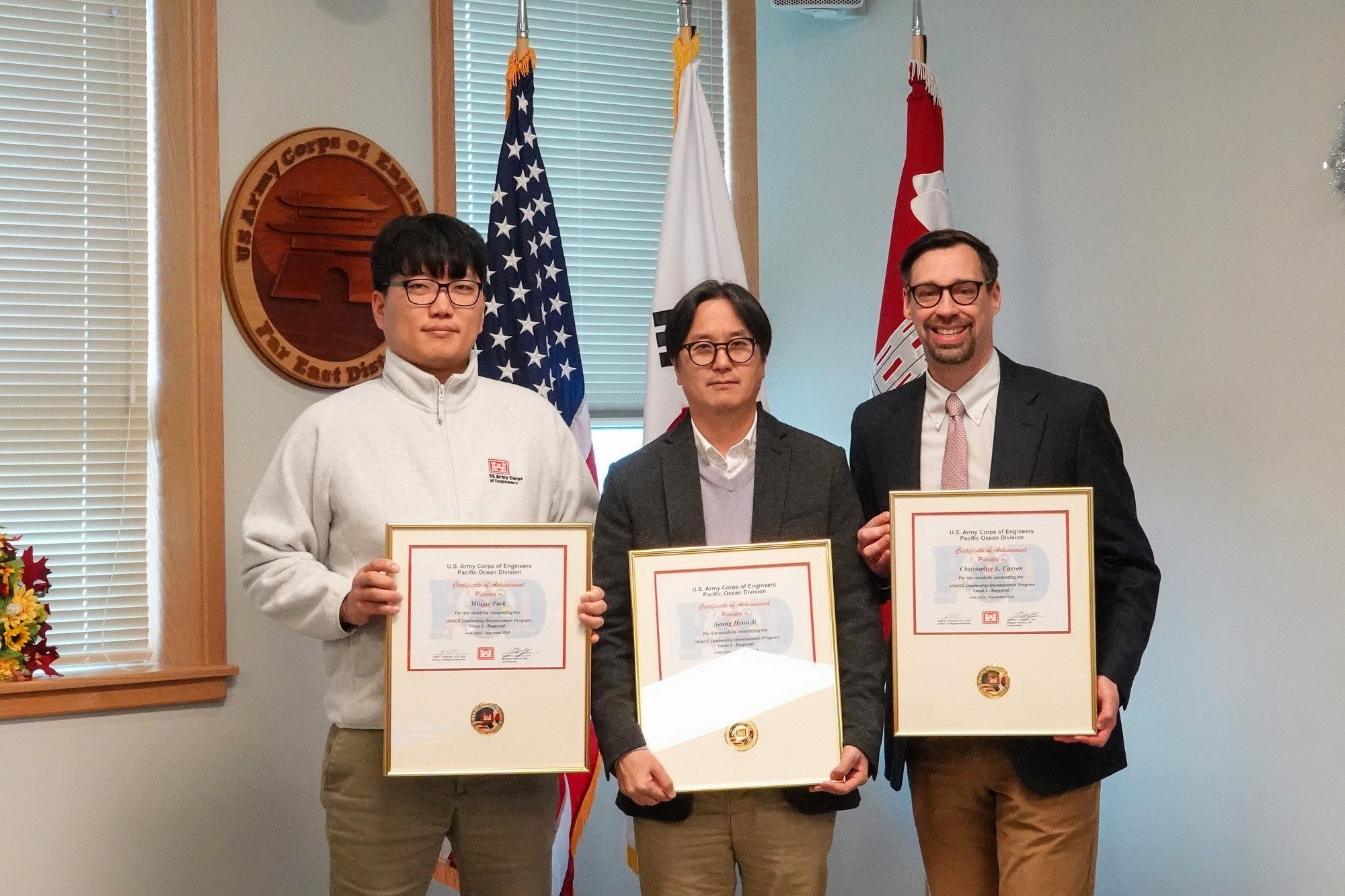
Using Technology to Enhance Employee Development Plans
Technology is pivotal in customizing employee development plans. Tools such as Develop by Culture Amp facilitate the creation of personalized action plans and provide checkpoints for progress.
Benefits of integrating technology:
-
Automation tools and templates simplify plan creation by integrating:
- Role and competency assessments.
- Goal setting and skill gap mapping.
- Progress tracking.
-
Software solutions can increase employee engagement in development programs by up to 50% through:
- Customization and progress tracking.
- Offering diverse learning formats.
Moreover, technology supports various learning styles with resources such as on-demand webinars, microlearning modules, and job-shadowing schedules. This flexibility allows employees to learn at their own pace, fostering a culture of continuous learning and growth.
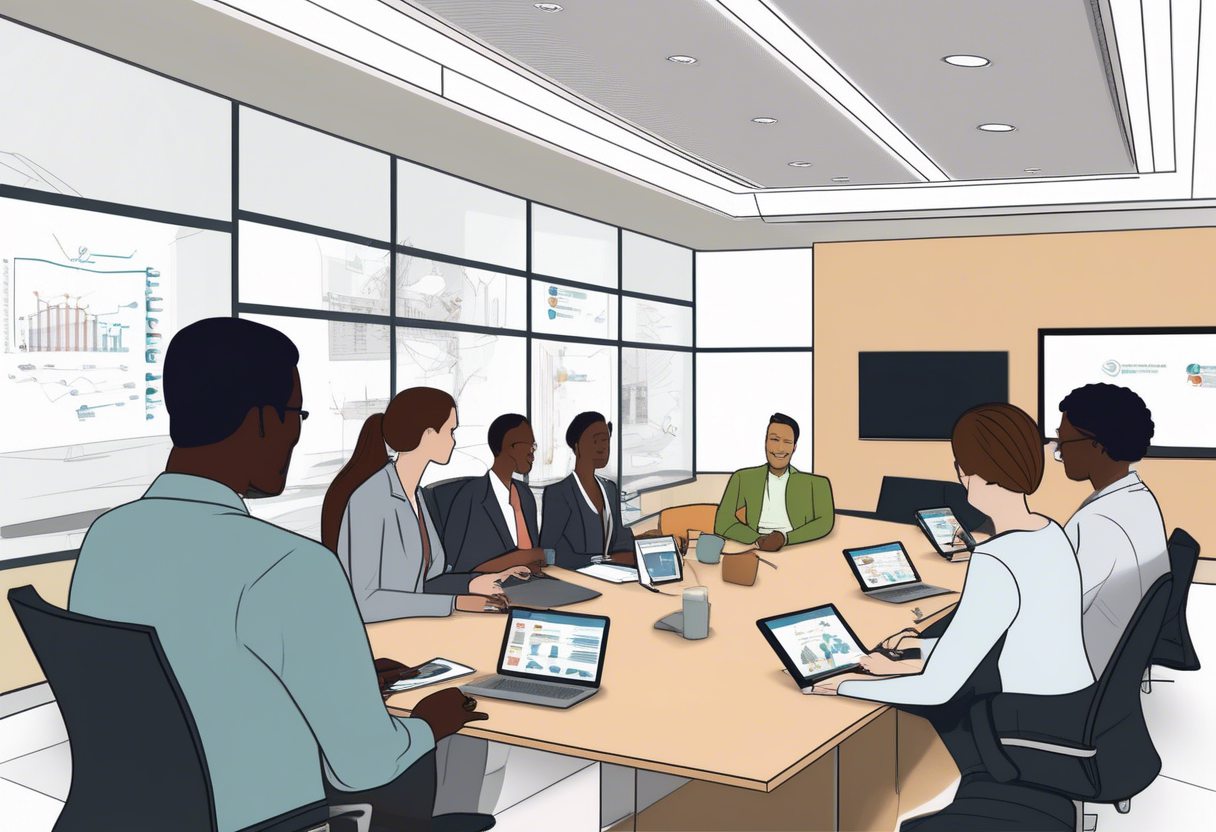
Actionable Steps and Resources for an Effective Employee Development Plan
Establishing Clear Actions for Employee Development
To make an employee development plan work, you need clear steps that match both the company's goals and what the employee wants. Begin by setting SMART goals — these are Specific, Measurable, Attainable, Relevant, and Time-bound.
Breaking Down Development Goals
Break these goals into smaller tasks to make progress easier to track. Look for training opportunities like internal sessions, online courses, or external certifications that fit what the employee is aiming for.
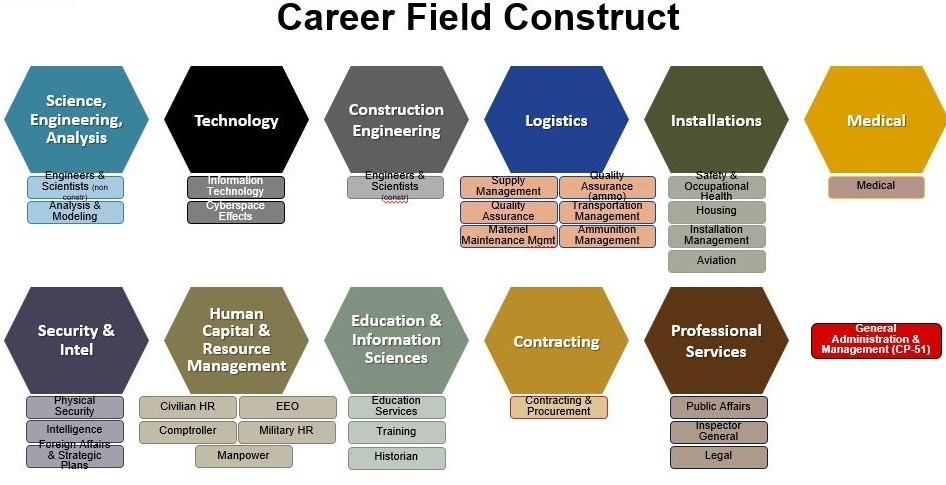
Promoting Mentorship for Employee Growth
Encourage mentorship by pairing employees with mentors for guidance and support. Also, provide resources like books, articles, and online content to help build skills.
Monitoring Employee Development Progress
Use shared documents or project management tools to track progress and keep everyone accountable.
Example: If an employee wants to get better at project management, they might take a certification course, work with a mentor, and manage a small project within six months.
Identifying Resources and Support for Employee Development
Having the right resources and support is key to making any development plan succeed.
Identifying Essential Resources for Development
Figure out what resources are needed, like training programs, online courses, and tools, to help employees reach their goals.
Providing Mentorship and Coaching Opportunities
Offer mentorship and coaching to share experiences and help tackle challenges. Provide access to a resource library with books, articles, and online content for learning new skills.
Conducting Regular Check-ins for Progress
Set up regular check-ins and one-on-one meetings to talk about progress and tweak plans if needed. Celebrate what employees achieve and be flexible to change goals and steps as they grow.
Establishing a Review System for Development Plans
Create a timeline and review system with regular progress checks to keep things on track and relevant. Regular one-on-one meetings are great for reviewing progress, celebrating wins, and making sure goals still match the employee's interests and the company's needs.
Timeline and Monitoring Progress
Deadlines and Milestones in Employee Development Plan
A solid employee development plan requires clear timelines for each goal. This ensures everyone knows what needs to be done and by when. It's crucial to align these timelines with both short-term and long-term objectives that are realistic for the business and the time needed to acquire new skills.
Breaking down goals into smaller steps with set deadlines helps in tracking progress and maintaining accountability. Many development plan templates include sections for timelines and deadlines to keep everything organized.

For instance, if a marketing specialist aims to learn social media analytics, their plan might include:
- Completing an online course within three months
- Attending monthly mentoring sessions
- Applying new skills in a project by the sixth month
Tracking and Measuring Progress in Development Plans
Regular check-ins are essential to assess progress, provide feedback, and adjust plans as necessary. Establishing clear metrics for success and using specific criteria helps in evaluating performance improvements.
Support mechanisms such as mentoring, coaching, and training should be integrated into the plan to ensure employees have the resources they need to succeed. Keeping records and sharing the plan with HR, managers, and stakeholders ensures everyone is informed and accountable for progress.
Using frameworks based on competencies or skills can effectively track improvements in areas that align with employee roles and business goals. A quarterly review meeting, where the employee discusses completed training, demonstrates new skills, and receives feedback from their manager, can be an excellent opportunity to adjust the plan or set new goals.
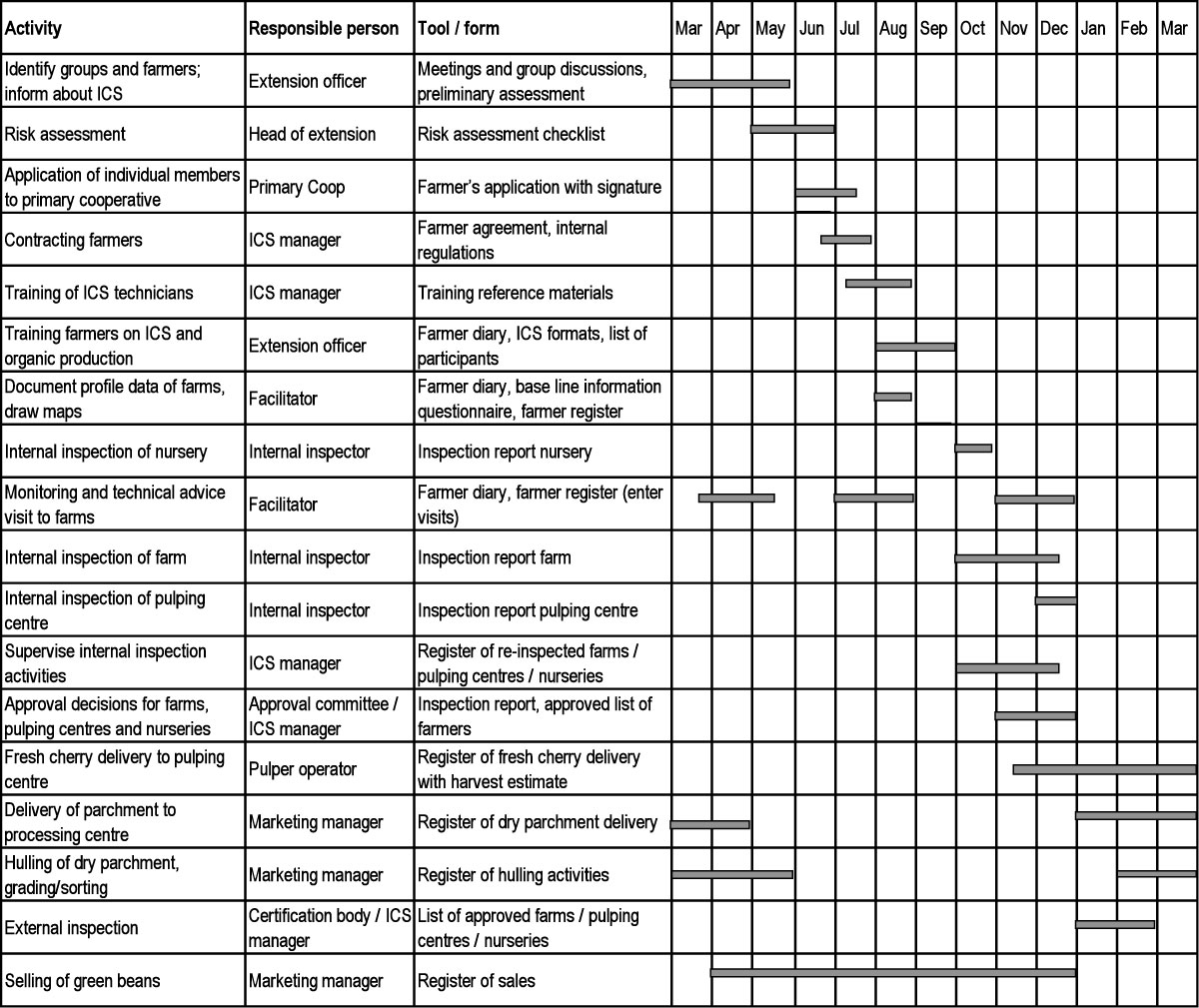
For more information, consider these resources:
Feedback and Adaptation in an Employee Development Plan
Importance of Continuous Feedback Loops in Employee Development
Continuous feedback loops are essential for employee growth and improvement. An employee feedback loop involves collecting, analyzing, and utilizing feedback to enhance the workplace and maintain engagement. Here are some effective strategies:
- Set Clear Goals: Establish specific objectives to guide development.
- Regular Check-ins: Facilitate frequent meetings to discuss progress and set new goals.
- Real-time Feedback Tools: Utilize technology like apps and software to enable seamless communication.
- Feedback Skills Training: Educate employees on giving and receiving feedback constructively.
When managers and employees engage in regular dialogues, they can discuss achievements and set new objectives, fostering continuous growth. Real-time feedback technology ensures smooth communication, while training enhances the quality of feedback interactions. This creates a supportive environment where employees are motivated to develop their skills, aligning personal and organizational goals.
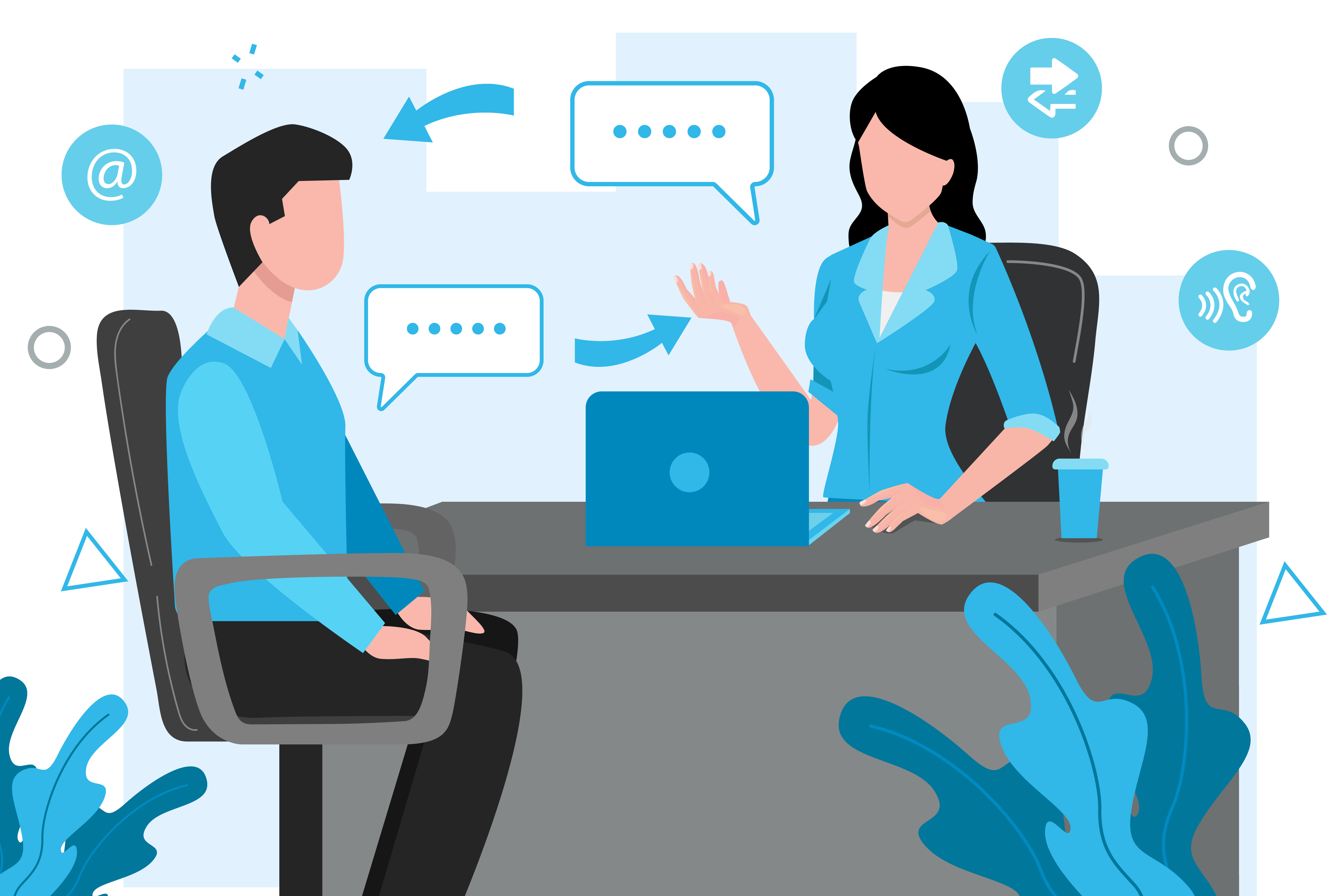
Adapting Employee Development Plans Based on Feedback
Adjusting employee development plans based on feedback ensures they remain relevant and effective. Regular check-ins are crucial for:
- Reviewing progress
- Addressing challenges
- Modifying plans as necessary
Employee development plans should be dynamic, continuously evaluated and adjusted based on new insights, role changes, or milestone achievements. For instance, if an employee completes a certification sooner than anticipated, the plan can be updated to include managing a larger project with additional support.
Supportive leadership, continuous training, and real-time feedback are vital for helping employees adapt to new skills and evolving roles effectively. By regularly adapting plans, organizations can cultivate a more agile and responsive workforce, leading to improved business outcomes.
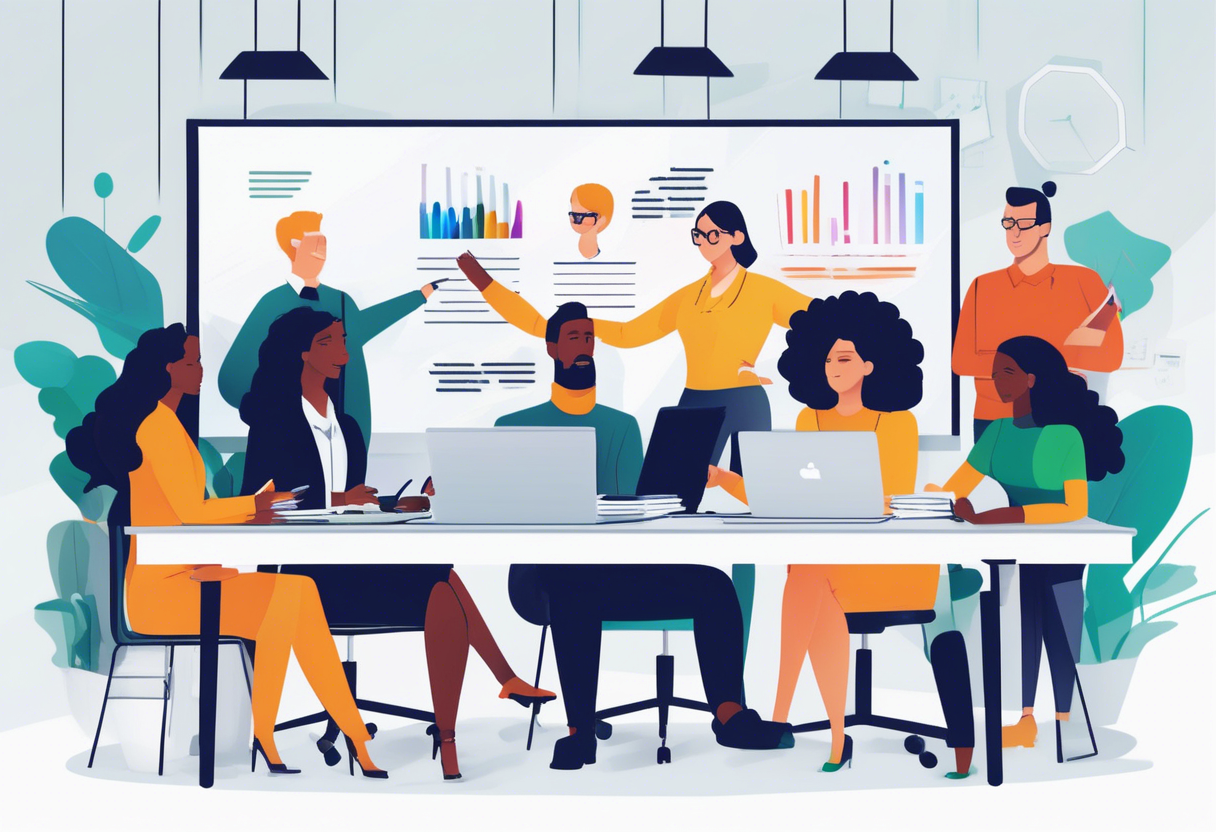
Strategic Alignment in Employee Development Plans
Aligning Development Plans with Organizational Goals for Success
Aligning employee development plans with company goals is essential for enhancing individual performance and driving organizational success. By strategically aligning these plans, employee growth directly contributes to the company's objectives.
Key Steps to Alignment:
- Identify and Prioritize Business Goals: Start by engaging with stakeholders and reviewing organizational strategies to identify and prioritize business goals.
- Match Employee Goals with Business Needs: Align employee development goals with their skills, aspirations, and the company's needs. This alignment keeps employees motivated and ensures their growth supports the company’s objectives.
- Create a Clear Path: Develop a clear path that ensures roles support company goals, helping to fill capability gaps and achieve outcomes such as increased revenue and improved employee engagement.
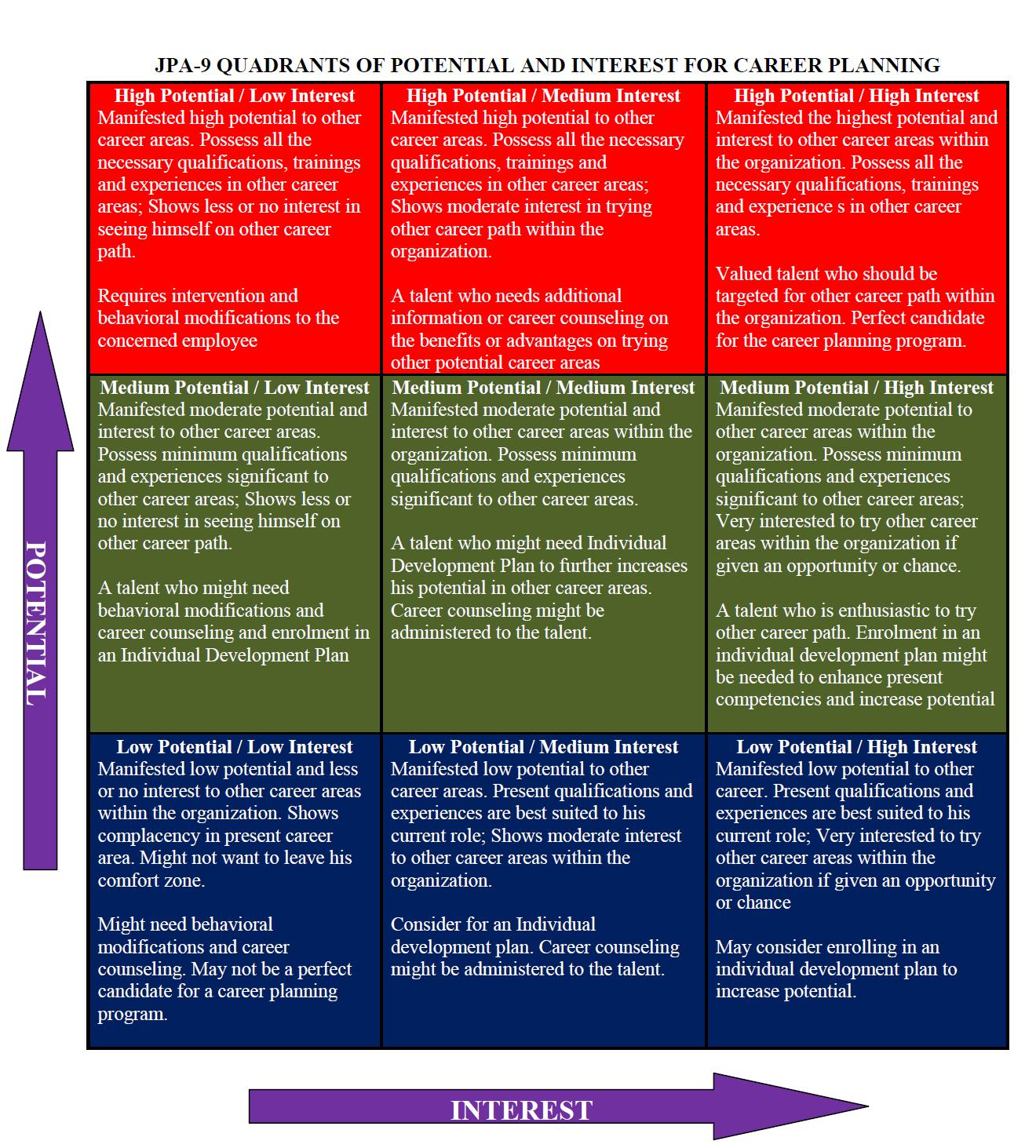
Developing Growth Plans for Employee Development:
- Assess Skills and Capabilities: Begin by evaluating current skills and capabilities to identify gaps and future demands.
- Personalized Development Plans: Create personalized plans that align both organizational goals and personal aspirations.
- Utilize SMART Goals: Implement SMART goals with clear objectives, timelines, and metrics to maintain accountability and progress.
Cross-Functional and Collaborative Development Planning
Strategically aligning skills requires ongoing evaluation and adjustment of resources across departments like engineering, product, marketing, and sales to adapt to market changes. Managers play a crucial role in this process by aligning employee goals with organizational needs, thereby enhancing motivation and engagement.
Fostering a Collaborative Culture in Development Plans:
- Cross-Functional Collaboration: Foster a culture where everyone feels included and shares a common purpose, making employees feel valued and involved.
- Regular Interdepartmental Communication: Encourage regular discussions between departments and leadership to ensure skill development aligns with strategic goals.
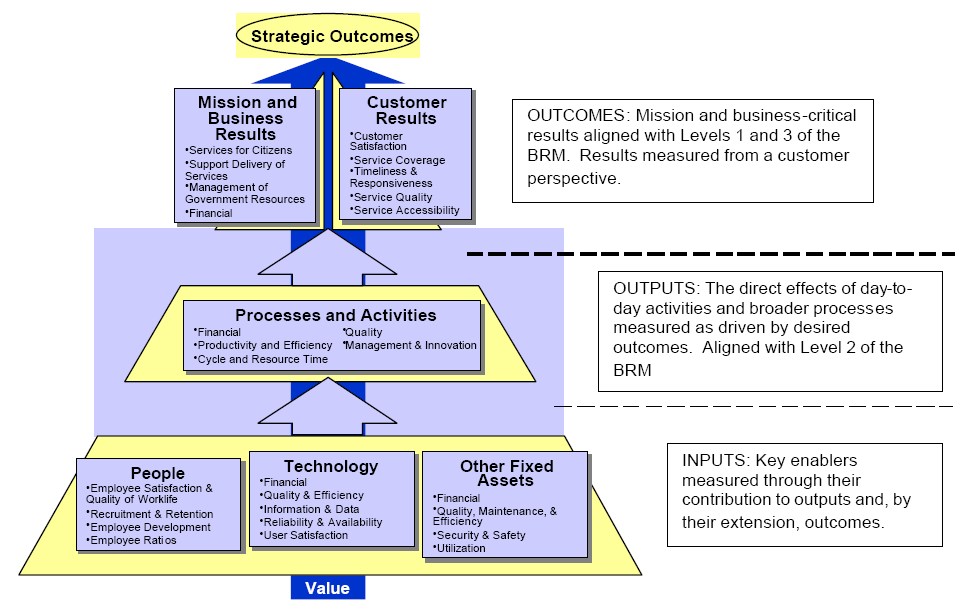
Building Collaborative Employee Development Plans:
- Personalized Growth Plans: Develop personalized growth plans incorporating input from various functions to address capability gaps and prepare employees for leadership roles.
- Encourage Cross-Functional Development: Promote cross-functional development through cross-training, job rotation, and mentoring to expand skills and align growth with company needs.
Diverse Learning Opportunities in Employee Development Plans
Integrating Various Learning Methods in Development Plans
Mixing up how employees learn can significantly enhance their training experience. Consider integrating a variety of methods such as:
- Online Courses
- Hands-on Projects
- Mentoring and Coaching
- Joining Cross-Functional Teams
- Attending Industry Events

These diverse approaches not only aid in skill development but also advance career growth. According to a SHRM report, 48% of workers find training valuable, and 76% are more likely to remain with their company if ongoing training is provided.
Goal Setting in Employee Development with OKRs
Setting goals collaboratively using OKRs can be a powerful driver of growth. Employees can benefit from:
- Online Courses and Certifications
- Workshops
- Shadowing Senior Employees
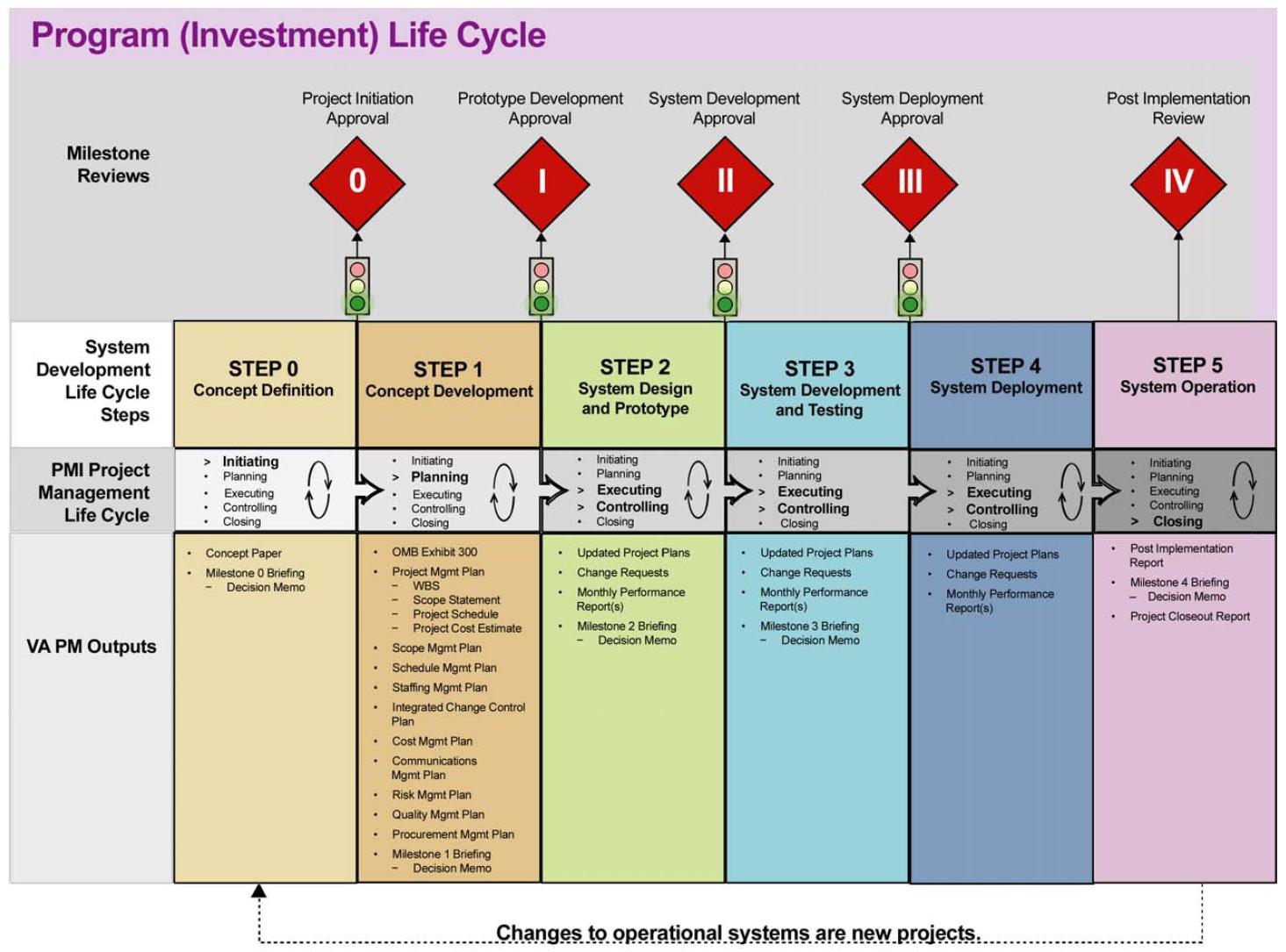
These options facilitate the acquisition of both technical skills and leadership capabilities.
Creating Tailored, Multi-Format Employee Development Plans
As highlighted by Growthspace, tailored, multi-format plans that align with strategic goals enable employees to develop a broad skill set. This approach supports both personal and organizational growth, ensuring that employees are well-equipped to meet future challenges.
FAQ
How to Tailor an Employee Development Plan to Individual Needs
Start by conducting a joint needs assessment with both the organization and the employee. This approach helps identify skill gaps and career aspirations, ensuring the plan aligns with both the company's strategy and the employee's goals. Collaborate to set SMART goals that are specific, measurable, achievable, relevant, and time-bound. This teamwork makes the plan both useful and personalized.
Utilize data from performance reviews, 360° feedback, career mapping, and surveys to gain a deeper understanding of each individual's needs. Choose the right mix of activities that align with the employee’s role and objectives, such as on-the-job learning, mentoring, and formal training. Consider implementing the 70:20:10 model, which emphasizes experiential learning. Different types of plans, like goal-based or skill-based, can be customized to fit both personal and company objectives.
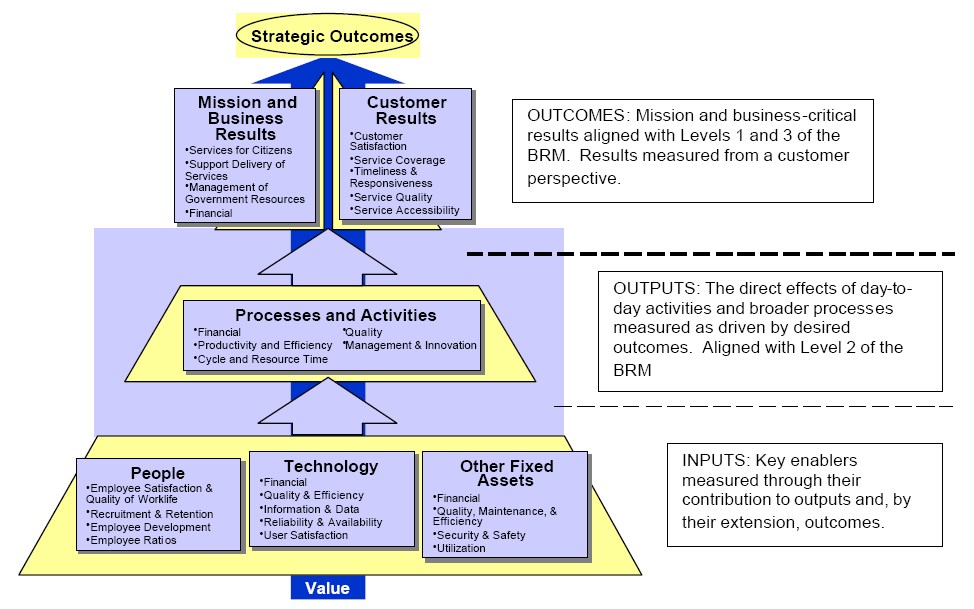
Effective Strategies for Tracking Employee Development Progress
Establish clear goals that are tied to business outcomes, such as increasing customer satisfaction by a certain percentage within a specified timeframe. Monitor metrics like skill development, performance improvements, and training participation. Regularly collect employee feedback and conduct engagement surveys to determine if development efforts are meeting their needs.
Incorporate performance data and milestones into the plan for measurable progress checks. Use frameworks like OKRs (Objectives and Key Results) to align personal progress with company goals. For example, a customer service representative’s plan might include quarterly targets to increase resolution rates by 15%, tracked through dashboards and feedback surveys.
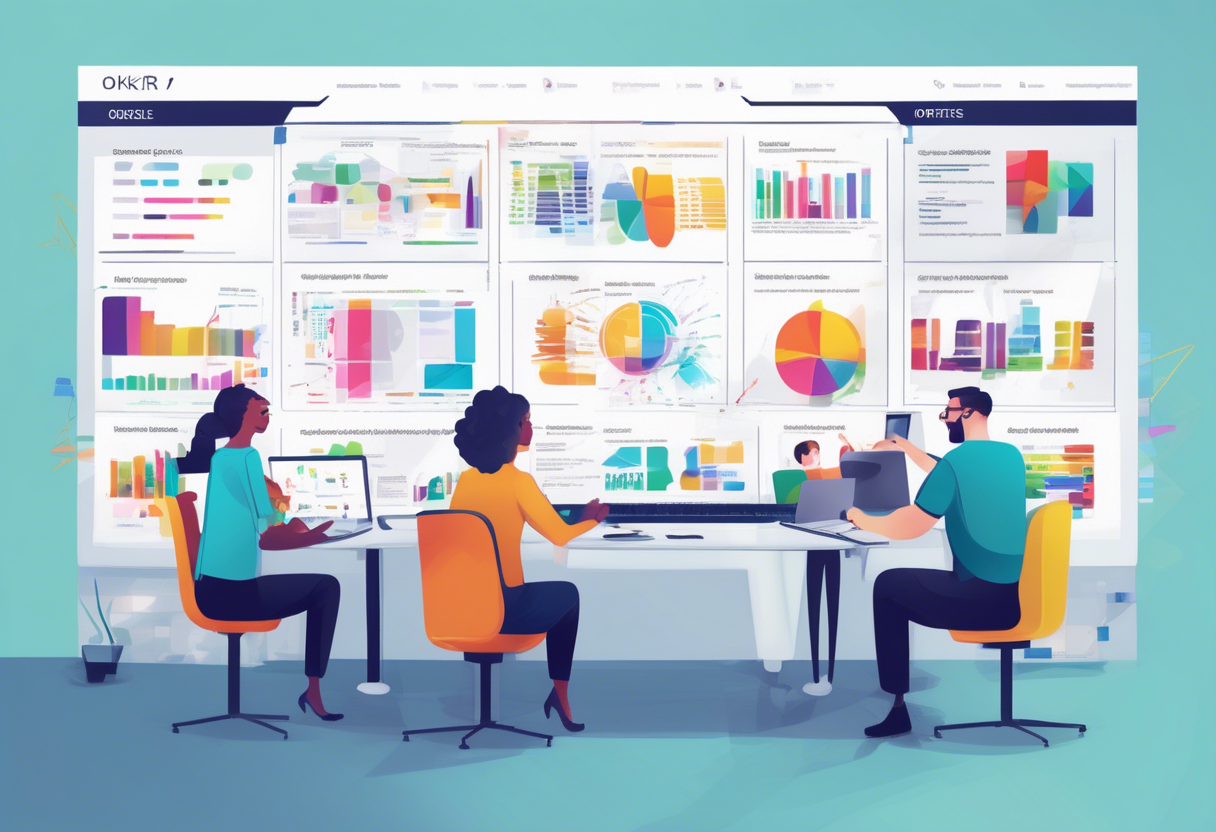
Integrating Regular Feedback into Employee Development Plans
Schedule regular reviews of the development plan, ideally every few months, to adjust goals and activities based on progress and business changes. Managers should provide ongoing support and constructive feedback, offering learning opportunities like training and mentorship. Include career discussions and check-ins to keep employees engaged and motivated.
Encourage employees to self-evaluate and reflect on their progress as part of the feedback loop, which fosters ownership and self-awareness. Manager support is crucial for follow-through, helping to remove obstacles and recognize achievements. A manager might conduct monthly one-on-one meetings to discuss goals, provide feedback, and adjust activities, ensuring the employee remains on track and motivated.